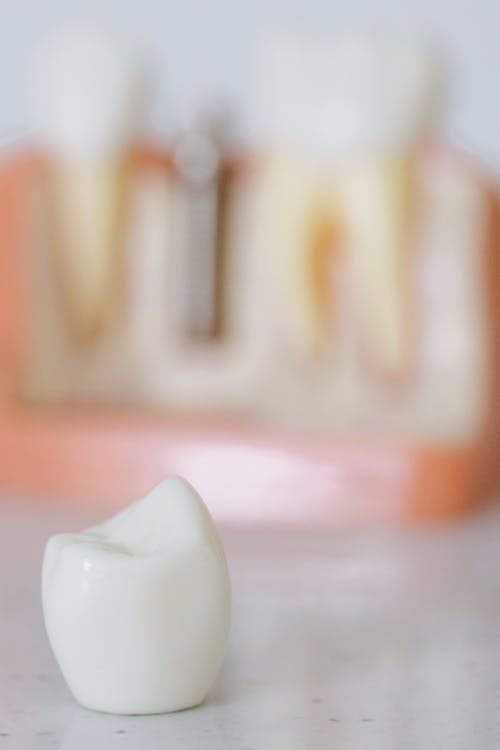The Rise of Zygomatic Dental Implants: Addressing Severe Bone Loss Challenges
Zygomatic dental implants have emerged as a revolutionary solution for patients facing severe bone loss, providing stable foundations for dental prosthetics without the need for extensive grafting. This article analyzes the methodology, pros and cons, and real-world impact of zygomatic implants in modern dental practice, emphasizing their role in enhancing patient quality of life.
Introduction: Understanding Zygomatic Dental Implants
Zygomatic dental implants are gaining recognition in the field of dentistry due to their unique application for patients with considerable bone loss. Functioning as a bridge between dental restoration and surgical innovation, zygomatic implants are anchored into the zygomatic bone, or cheekbone, instead of the jawbone. This revolutionary design is particularly advantageous for patients who have undergone extensive tooth loss, often following severe gum disease or trauma. The use of zygomatic implants allows for immediate stabilization of prosthetics, thereby decreasing the time patients must go without their teeth. The introduction of zygomatic implants has significantly altered the approach to treating complex dental cases, making previously unattainable solutions possible.
Benefits of Zygomatic Dental Implants
Patients opting for zygomatic dental implants enjoy various benefits that enhance their overall dental experience. One of the most compelling advantages lies in eliminating the need for bone grafting procedures, which can add time and complexity to treatment. By utilizing the strong zygomatic bone, dentists can place implants directly into healthy, stable tissue, promoting faster healing and less postoperative discomfort. Another benefit is the ability to load the implants immediately with prosthetic teeth, allowing for better functionality and aesthetics right away. For many patients, this means avoiding the long wait associated with traditional implants, which often require multiple procedures and extensive recovery periods.
The Procedure of Zygomatic Dental Implants
The procedure for placing zygomatic dental implants involves several intricate steps that require skill and precision. Initially, a thorough examination is conducted, including imaging studies that will guide the implant placement. Once the planning is finalized, surgery is performed under local or general anesthesia, depending on the case. The surgeon creates an incision in the gum to access the bone and strategically places the zygomatic implants at an angle that maximizes stability. Post-surgery, patients typically follow a recovery process that can vary by individual but generally includes pain management and dietary adjustments. Regular follow-ups with the dental team are crucial to monitor healing and ensure the implants are assimilating well into the jaw and zygomatic bone.
Analyzing the Risks of Zygomatic Dental Implants
While zygomatic dental implants offer numerous advantages, it is essential to acknowledge and evaluate potential risks. These may include complications such as implant failure, infection, or damage to surrounding structures. The adequacy of the zygomatic bone's quality and density plays a pivotal role in the long-term success of the implants. Before proceeding, it is crucial that patients understand these risks and engage in an open dialogue with their dentist regarding their health history and lifestyle choices. Patients who smoke or have underlying medical conditions should particularly consult closely with their dentist to assess their candidacy for zygomatic implants. By taking into account these aspects, patients can make informed choices about their dental health.
Real-Life Impact of Zygomatic Dental Implants
The real-life impact of zygomatic dental implants extends beyond the oral cavity; it affects patients' overall quality of life and self-esteem. Success stories abound demonstrating how these implants restore not just teeth but also confidence and social engagement. From previously withdrawn individuals transforming into active participants in their communities to the pleasure of enjoying meals without anxiety about loose dentures, the testimonials speak volumes. Observing the profound changes in patients’ lives underscores the importance of zygomatic implants in contemporary dentistry. As more people become aware of this innovative procedure, the demand for zygomatic dental implants is likely to increase.
Conclusion: The Future of Dental Restoration with Zygomatic Implants
As advancements in dental technology continue at a rapid pace, zygomatic dental implants stand out as a pivotal innovation in the field. By expertly addressing the challenges posed by severe bone loss, these implants are reshaping the future of dental restoration practices. Ongoing research into techniques and materials will likely yield even greater success rates, providing hope to those previously deemed unsuitable for conventional implants. Ultimately, the evolution of zygomatic dental implants symbolizes a significant stride in enhancing patient care and reinvigorating smiles, instilling confidence and joy in countless individuals.
